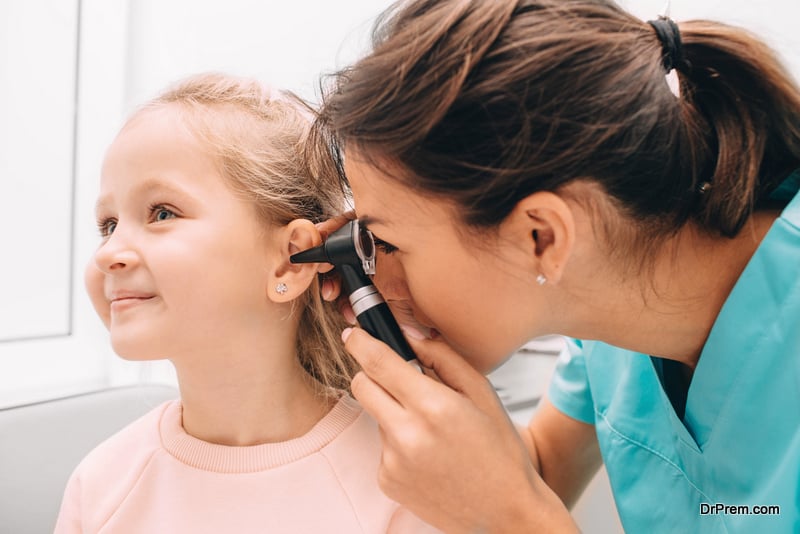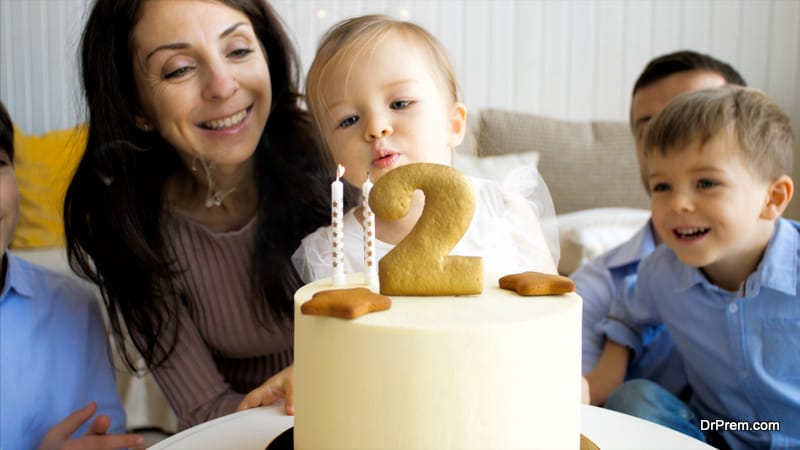Otitis media in simple terms is a condition where the middle ear gets inflamed and may also be filled with fluid, when associated with effusion. It occurs after an attack of cold, cough and upper respiratory infection. The tube that connects the ear to the back of the throat gets blocked when there is cold or stuffed nose. This can cause bacteria to get trapped in the middle ear cavity and cause accumulation of fluid. This causes swelling and the child complaints of ear pain.
Otitis media is more common among children younger than 3 years as their connecting tubes are smaller and can be easily blocked. Also, as their age increases the resistance improves and the occurrence of infections slightly reduces.
Some of the presenting features of otitis media are:
- Ear pain or irritation leading to scratching of ears
- Fever
- Increased irritability
- Difficulty in hearing
- Sometimes the fluid starts oozing out of the ears
Management
Children suffering from these symptoms should be carefully examined by physician to confirm the diagnosis. Otitis media can be treated using antibiotics; however they should be used only when necessary. Children having otitis media with effusion may not require antibiotics and most of the times the middle ear fluid clears off after a few weeks. It is only when the fluid persists even after a few months or if there is hearing difficulty the antibiotic treatment should be considered.
You can help
As respiratory infections usually lead to otitis media, you can follow some tips to prevent them:
- Familiarize your child with the personal hygiene habits and encourage them to cover their nose while sneezing, coughing, etc. Make hand washing a regular practice at home.
- Keep your child’s toys, feeding bottles and clothes clean and separate from the other family members.
- Make sure the environment in school or the play area is healthy and is disinfected properly. Avoid using toys, utensils or objects handled or mouthed by other children.
- Remaining indoors or staying warm during cold season or when having cold may also help. Steam inhalation can also be helpful.




